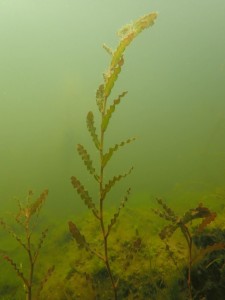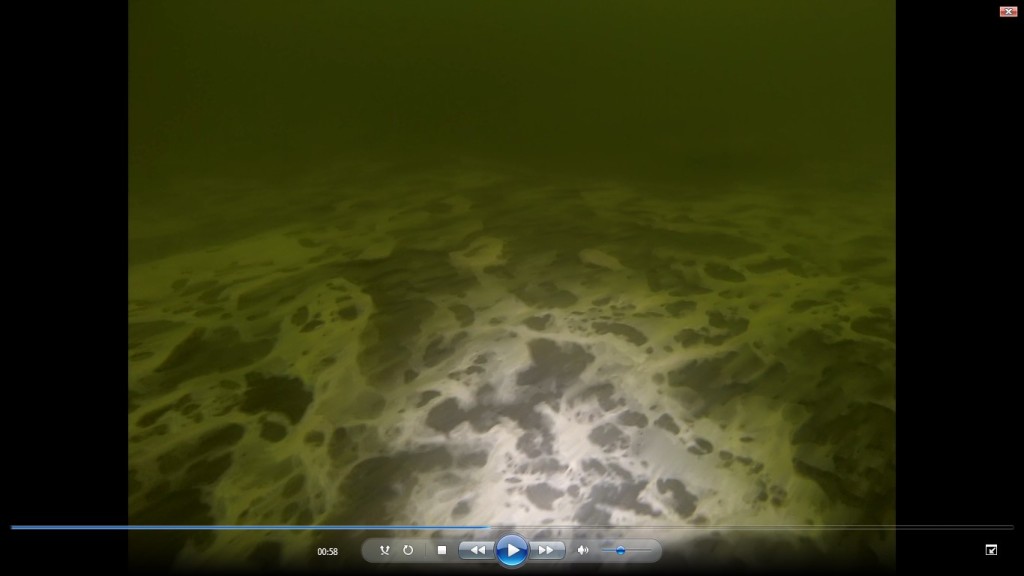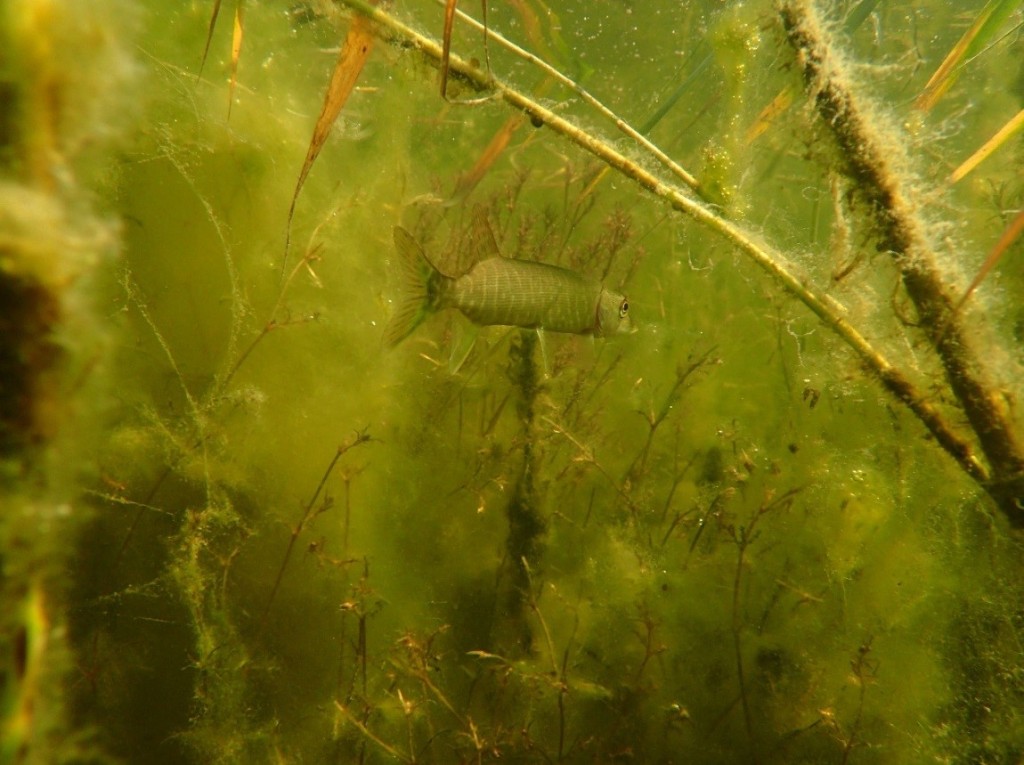AquaBiota performed a marine conservation value assessment and extensive field surveys of the coastal waters off Lidingö for Lidingö Municipality’s work with a “blue plan”.
Lidingö has launched a project to increase knowledge of the municipality’s aquatic nature values. This knowledge is necessary in municipal planning to highlight conservation values, threats and opportunities for development. AquaBiota has conducted inventories in order to assess the nature values of Lidingö’s coastal zone, focusing on the areas identified as priorities for the work of the Blue Plan. The project also aimed to identify the need for in-depth surveys and measures to maintain or restore aquatic values.
Surveys of vegetation were conducted by free diving or using a drop video camera along transects. The survey consisted of more than 200 transects. In the deeper waters grab samples were taken to survey soft sediments and the animals living there. In total 15 species of vascular plants, 10 species of macroe algae and 5 species of soft bottom fauna were found.
Nature value assessments were based on the criteria naturalness, functionality, rarity, endangered species, and vulnerability. An area free from anthropogenic pressures hosting important ecological functions would typically be classified as important. Presence of endangered or rare species would further strengthen the importance of the area. The highest nature values were found in Gråviken and Ekholmsnässjön. Due to their shallow inlets these lagoons have limited water exchange with Kyrkviken. These vegetated shallow environments offer excellent conditions for invertebrates, fish and birds and the limited presences of human activities make them potential habitats for endangered and rare species of bird. They also constitute important spawning and nursery grounds for fish, probably playing a major role for the fish stocks of eastern Lidingö.

Curled pondweed (Potamogeton crispus) is relatively rare in brackish water. It was found occasionally in the shallow waters surrounding Lidingö.

At 12 meters depth in the central part of Kyrkviken bottom sediments were covered with large quantities of bacteria of the genus Beggiatoa, which assimilates sulphide and thrive in oxygen-free conditions.

The only pike (Esox Lucius) observed in the surveys unfortunately swam away from the camera.